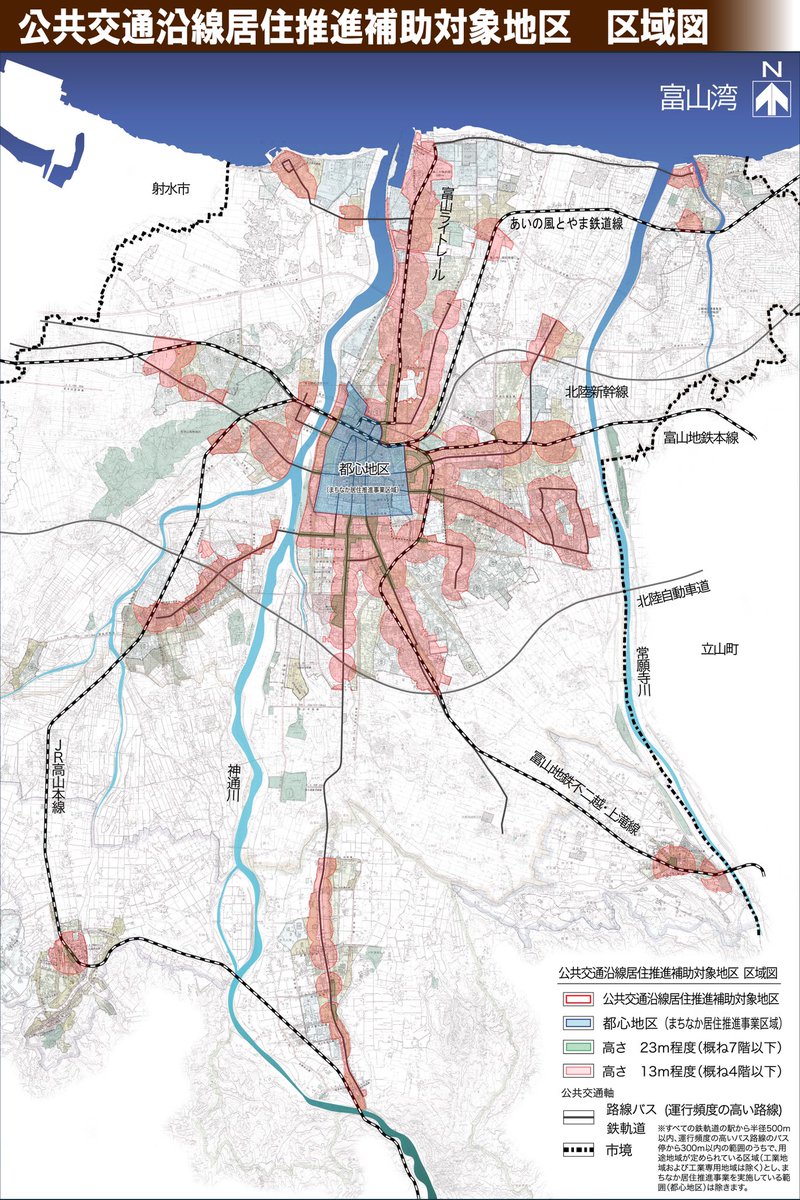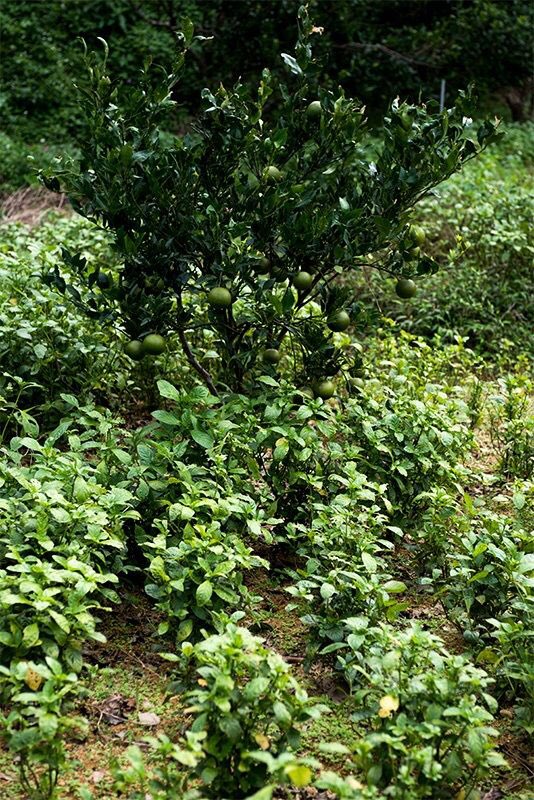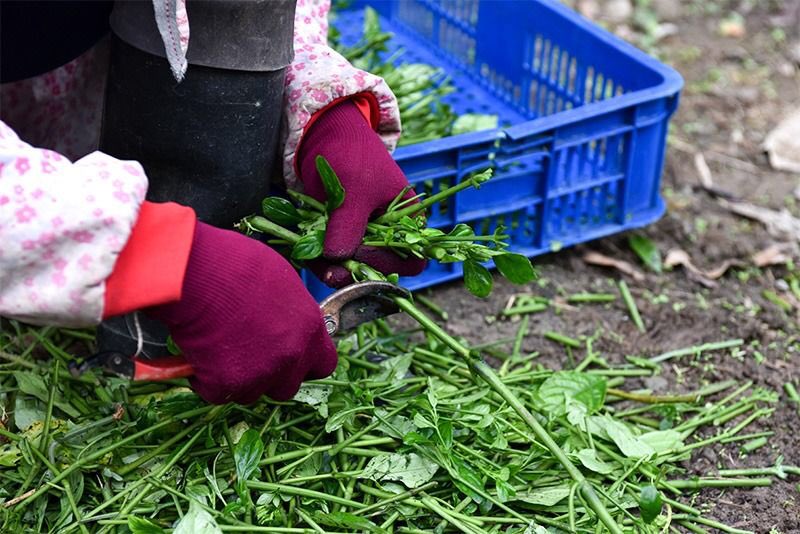
Map of Toyama City's (pop 419k) resiliency project by city densification and public transport improvement: development in red zones* get subsidized (think ca. 1/3 of cost of new build). Target: 45% of pop. bef 2045.
*500m from train/tram.
*300m from high freq. bus (>60 per day).


*500m from train/tram.
*300m from high freq. bus (>60 per day).



In 2003 Toyama City was facing skyrocketing infrastructure and social services costs: the population was aging, city trams were losing money, health levels were dropping, young ppl. had little hope for the future. Car dependency was increasing at over 70% but fewer could drive... 

...so the mayor decided to promote programs to move people into the city, lessen car dependency, improve public transport & promote healthier more active elderly, lower cost of establishing family.
1. The city center zoning laws were relaxed.
2. New home construction subsidies.
1. The city center zoning laws were relaxed.
2. New home construction subsidies.

3. Tram services were improved:
—Frequency from 1-2p/h to 4-6p/h
—Service time from 5-21 to 5-23
—Stations increased from 9 to 13
—All stations made Barrier free
4. Elderly activated by cheap annual tram passes, one coin fares. City facilities free for grandparent +grandchildren.



—Frequency from 1-2p/h to 4-6p/h
—Service time from 5-21 to 5-23
—Stations increased from 9 to 13
—All stations made Barrier free
4. Elderly activated by cheap annual tram passes, one coin fares. City facilities free for grandparent +grandchildren.




• • •
Missing some Tweet in this thread? You can try to
force a refresh




























